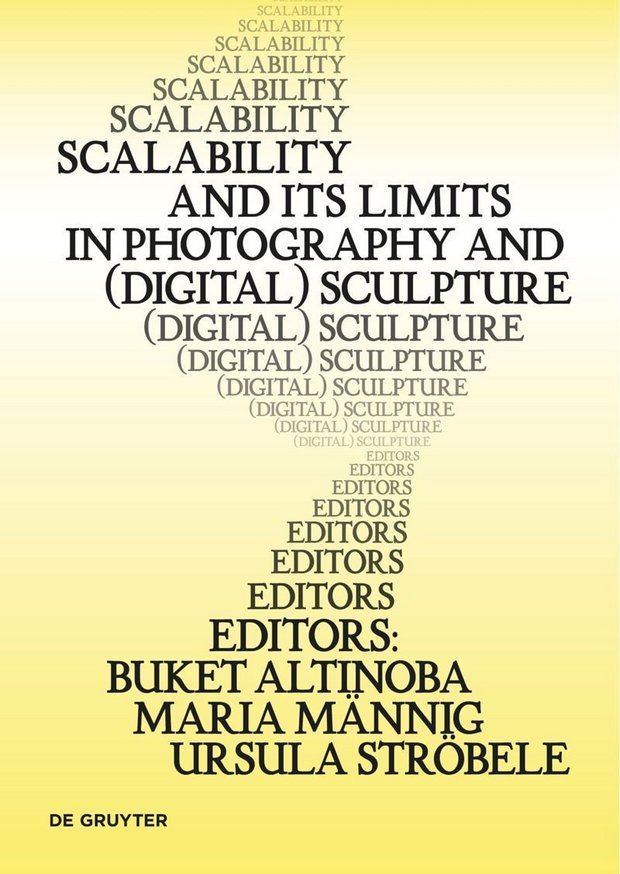Scalability and its Limits

Scale is a multifaceted concept with profound implications for artistic production, art history, and broader cultural narratives. From the Medieval mensura Christi to the Anthropocentricism of Renaissance art to the present, scale has shaped representational concepts and aesthetics. By developing a theory of scalability, the research project Scalability and its Limits by Buket Altinoba (LMU Munich), Maria Männig (RPTU Landau) and Ursula Ströbele (HBK Braunschweig) conceptualizes scaling phenomena as a paradigm that goes far beyond mere processes of enlargement or reduction, thus, embodying power relations and politics of surveilling. How have these processes shaped expectations, emotions, and understandings of scale throughout history?
We explore contemporary digital sculpture, the reproduction of sculpture and miniaturization, linking the pre-digital to the post-digital. Ströbele analyses contemporary sculpture between reconstruction, exclusion and (eco-)fiction, including the artistic-speculative reconstruction of cultural heritage, the ambiguity and politics of scaling, possible planetary worlds and non-hegemonic image orders linked to (global) infrastructures of power and control, bringing ethical and ecological issues to the fore. Altinoba seeks to advance our understanding of historical algorithmic methods and their evolution through the lens of scaling apparatuses. Exploring the need to reevaluate notions of scaling, it is the aim to examine the potential of machines to both emulate and surpass human creative capacities, while addressing the aesthetic, ethical and cultural implications of sculptural and technological advances. Männig investigates the roots of modern and contemporary scaling practices in the early modern period. By asking about the relationship between emblematic and scaling phenomena in the representation of (urban) space, she sheds new light on the long history of scaling.
By examining scalability in the arts, we uncover its impact on aesthetics, epistemology, and technological advances, revealing its anthropocentric nature and political dimensions. Drawing from different disciplines and historical periods, our project emphasizes methodological approaches that investigate scaling phenomena at macro, meso and micro levels. Integrating theoretical insights from new materialisms and technical art historical methodologies, we explore the agency of materials and technologies in shaping cultural practices.
Upcoming publication Scalability and its Limits in Photography and (Digital) Sculpture (November 2025, De Gruyter) based on a workshop at Zentralinstitut für Kunstgeschichte, Munich in July 2023 (with Dominik Schrey).
